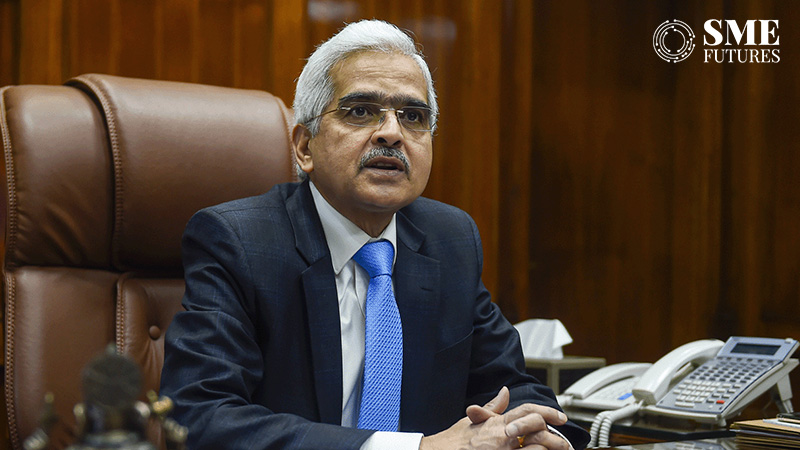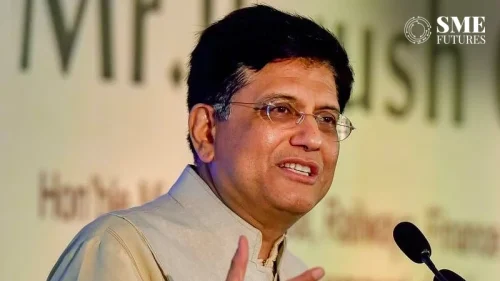As predicted by economists, the Reserve Bank of India’s Monetary Policy Committee (MPC) did not change the repo rate from 6.50 per cent. Announcing the decision of the MPC after its three-day deliberations, RBI Governor Shaktikanta Das said on Friday that the committee unanimously decided to keep the repo rate at 6.5 per cent.
Das said taking into account the economic factors the MPC has predicted GDP growth at 6.5 per cent in FY24. As regards the inflation rate, the MPC forecast was 5.4 per cent for 2023-24 taking into account the various domestic issues including potential agricultural produce.
Das also said uncertainty exists due to geopolitical situation, monsoon and others. The MPC met on October 4-6.
Commenting on the decision, Jyoti Prakash Gadia, Managing Director at Resurgent India said that it was expected and cautious approach towards inflation which is still showing uncertainties.
“The global food and energy volatility in prices and monsoon-impacted kharif sowing is expected to continue built-up of pressure on inflation and as a result, RBI has decided to keep a wait-and-watch policy, before taking a further view on repo rate change,” he said.
The fact that the projected GDP growth rate and inflation rates have been kept unchanged indicates the resolve of RBI to be able to tame inflation with suitable action while supporting growth, he added.
According to him, the stock market is expected to show positive signs with the likelihood of fresh capital investments both privately and through government expenditure.
“In the matter of Liquidity, RBI has rightly hinted at taking a careful approach, with an intent to maintain balance through Open Market Operations in government securities, which is a tool available in the hands of RBI to immediately inject or suck out liquidity,”
“The emphasis on maintaining stability in the Financial markets with efficient risk management by banks and NBFCs is a step in the right direction to ensure Long-term sustainable growth. Overall,a pragmatic policy announcement for maintaining stability and aiming at sustainable growth,” he added.
“RBI MPC has persisted with its “pause” on benchmark interest rates for the fourth consecutive time in October and also retained the stance on “withdrawal of accommodation”, on expected lines.
Suman Chowdhury, Chief Economist and Head- Research, Acuité Ratings & Research feels that the extent of hawkishness in the announcement has reduced with MPC sticking to its annual inflation forecast at 5.4 per cent despite the uncertainty on food prices and the sharp rise in global crude oil prices over the last 2-3 months.
“While the statement reiterated the need not to be complacent about inflation risks, the reference to the spurt in oil prices and its potential impact has been limited. Further, in the central bank’s assessment, food inflation is unlikely to be a threat in Q3, given the performance of the monsoon,” he said.
“With regards to liquidity, the focus will remain on its right balance and calibration so as not to impair the fund flows to the economy while at the same time not to induce inflationary pressures through excess liquidity. Interestingly, the statement highlighted the differential liquidity position among banks and urged the banks with excess liquidity to deploy it in call money markets rather than in SDF,” he added.
According to him, RBI has also taken note of the steady momentum in domestic growth as observed from the high-frequency indicators and the healthy industrial performance in the first half of the current fiscal. It has continued to be optimistic on the growth prospects for the current year and kept it pegged at 6.5 per cent.
“We believe that the likelihood of an extended pause on interest rates remains intact. In our opinion, any possible rate cut may not materialise before the first quarter of FY25. The statement also puts the spotlight on macroeconomic and financial stability with banks and NBFCs having been urged to monitor the sharp growth in personal loans.” he said.











